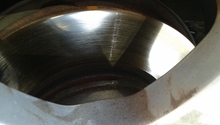Honda Civic: Why is My Car Wobbly and Bouncy?
If your car is bouncy and wobbly, then this guide will help you find the culprit. Continue reading to repair your wobbly and bouncy Honda Civic.
This article applies to the Honda Civic/Del Sol (1992-2000).
A wobbly or bouncy ride is highly annoying, unsettling, and incredibly uncomfortable. On top of that, it can be a sign of a number of different problems. Most of them are related to the suspension components of your car. If riding down (even a smooth road) has your teeth chattering, you've got a problem.

Materials Needed
- Floor jack
- Jack stands
Step 1 – Check your shocks and suspension alignment
Bad shocks or a bad alignment are easily the most common causes of wobbly or bouncy rides. If you have a blown shock or strut, even the most minor bumps on the road will feel awful, and driving on rough roads is downright punishing. To test for bad shocks, push down on each corner of your car and let go. If the car bounces up and down once (or multiple times), you've found your culprit. If you get under the car and do a visual examination, a blown shock will have leaked or will be leaking fluid from the shock body. Also, blown shocks will cause the ride height to sag, so if the car appears to be leaning, the shocks are likely dead.
Alignment can play a hand in ride issues as well. Typically the car will pull to one side or another when you take your hands off the wheel, but not always. Alignments are relatively inexpensive at the dealership, or you can DIY with a little bit of elbow grease and a flat surface.
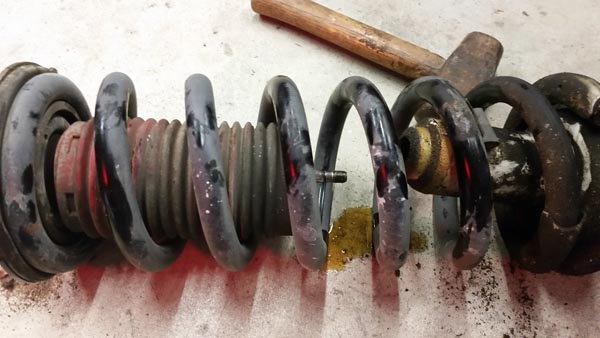
If the shocks and alignment aren't the problem, move on to Step 2.
(Related Article: How to Replace Shocks - Honda-Tech.com)
Step 2 – Check wheel bearings and ball joints
If your suspension is making a lot of noise or the car is shaking while you drive down the road, bad bearings could be the culprit. The noise will increase the faster you go, or if you hear a repetition it will increase with speed. Bad ball joints will make noise as well. Often it will be a banging noise that gets louder when you drive over bumps or dips. Also, the noise gets worse with age. Steering becomes sloppy or stiff as well, and you may feel a vibration in the steering wheel.
Testing for bad wheel bearings is easy. With the vehicle on the ground, grab the tire at "9 and 3" and shake the tire hard. Then, grab the tire around "12 and 6" (as best as you can) and shake the tire. The tire should remain firm and not give. If you find excessive play or hear a banging noise, you have a bad wheel bearing.
Ball joints can be visually inspected to see if the bushing has torn or seized. You can also jostle the suspension by hand, and watch the movement of the ball joint. If it sticks, doesn't comply, and moves too much, it's done and needs replaced.
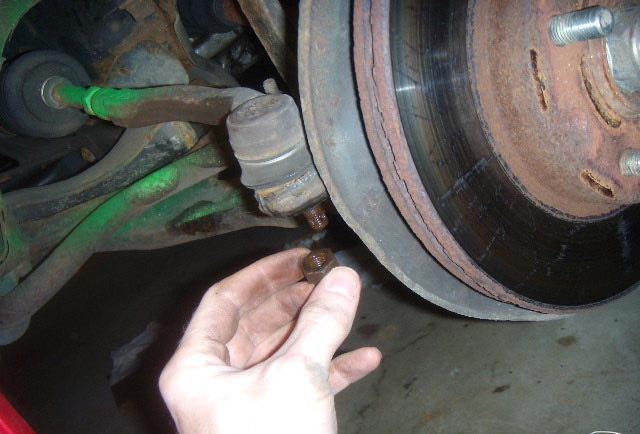
If your ball joints and bearings are fine, move on to Step 3.
(Related Article: How to Replace Ball Joints - Honda-Tech.com)
Step 3 – Check suspension and trailing arm bushings
Clunks, squeaks, and squealing noises are typically the first indication that one or several suspension bushings are going bad. You may also hear a loud clunk while turning the steering wheel in either direction. Check your tires for abnormal wear as well, as this is another symptom of bad suspension bushings. You can get under the car to see if your trailing arm bushing is broken, but these will display the same symptoms otherwise.
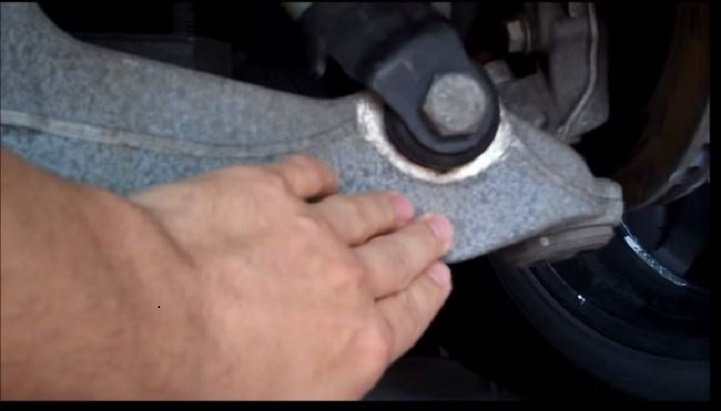
Figure 3. Suspension arm bushings typically make a creaking noise when they are bad.
If the trailing arm bushings checks out, time to look at the tie rods in Step 4.
Step 4 – Check tie rods
If you are experiencing a vibration or a shaky steering wheel, you may have a bad tie rod. It feels like the wheel has lost communication with the steering, which becomes increasingly noticeable when you turn the wheel. A vibration—coupled with a steering wheel that has completely lost touch with the front wheels—is a sure sign of a bad tie rod. You will also experience uneven tire wear, since the bad tie rods will point away from each other while traveling in a straight line.
Tie rods are inexpensive, and easy the replace. They thread into the steering gear box like a bolt, and are then fastened to the steering knuckle with a nut or fastener. This is easily a DIY project.
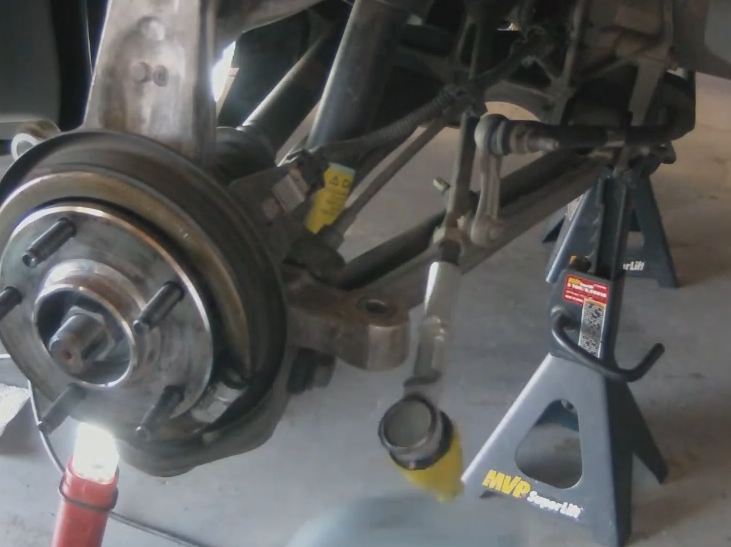
(How to Replace Tie Rod Ends - Honda-Tech.com)
Related Discussions
- Car Feels Wobbly and Bouncy - Honda-Tech.com
- Car Wobbles Up and Down - Honda-Tech.com
- Suspension Creak and Wobble - Honda-Tech.com

